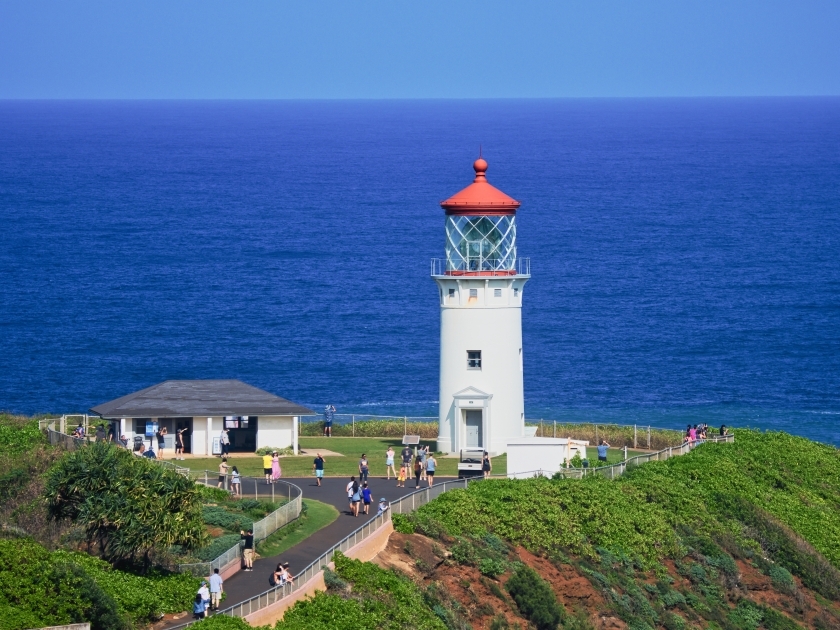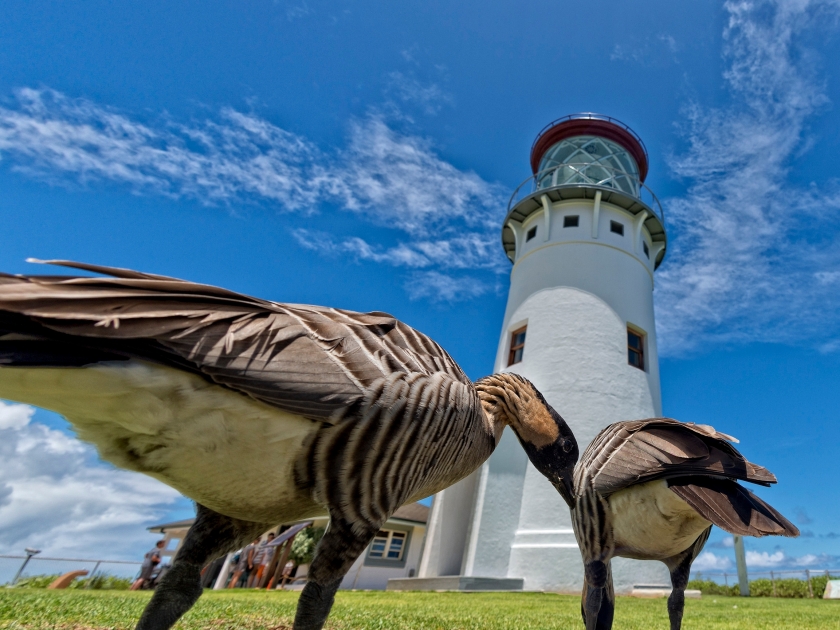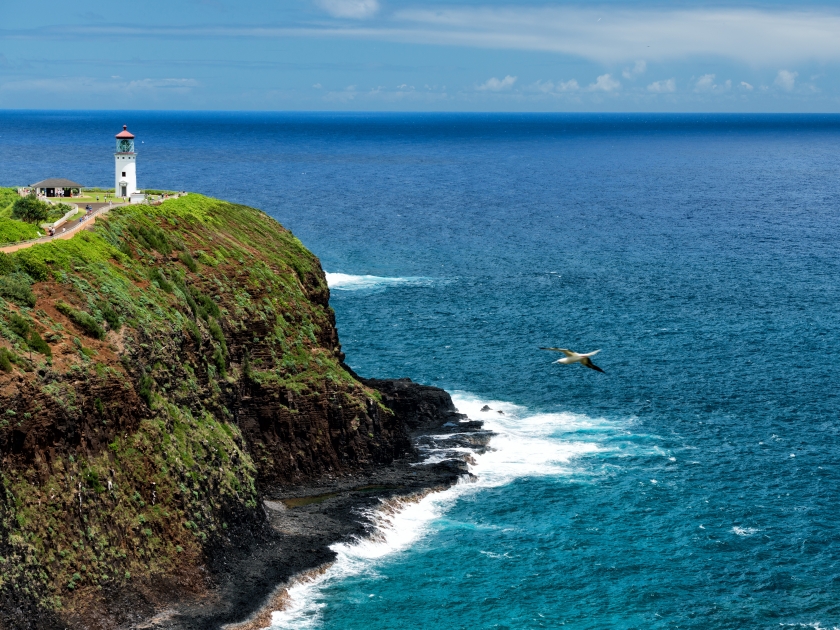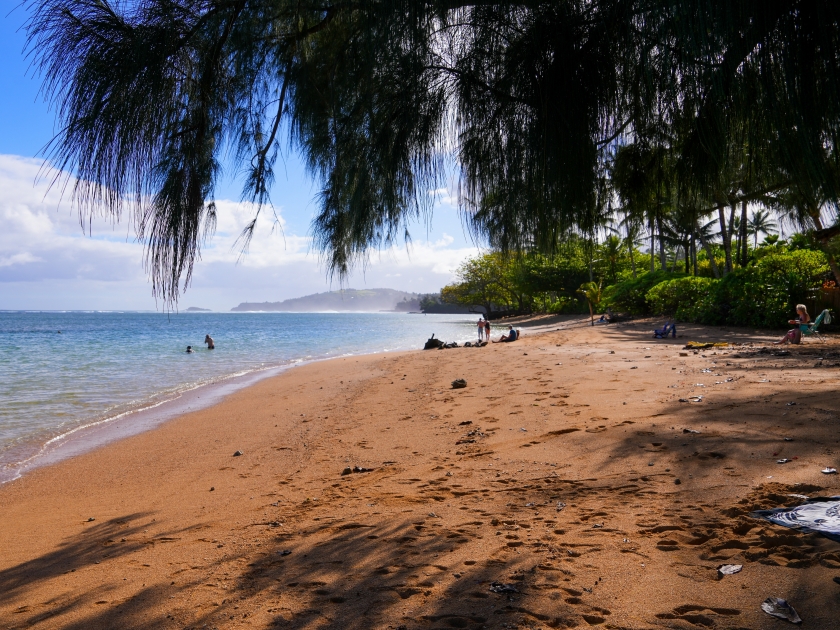Perched on the northernmost tip of Kauai, Hawaii, Kilauea Lighthouse stands as a beacon of history and natural beauty. This iconic landmark has guided countless ships across the Pacific while offering visitors breathtaking views of the rugged coastline and vibrant seabird colonies. As one of Kauai’s most beloved attractions, this travel guide will explore everything you need to know about visiting Kilauea Lighthouse, from its historical significance to the wildlife refuge that surrounds it, ensuring you make the most of your experience at this scenic gem.
Highlights
- The Kilauea Lighthouse offers stunning 180-degree views of the Pacific Ocean and the dramatic cliffs of Kauai’s North Shore, making it a perfect spot for photography enthusiasts.
- The visitor center at Kilauea Point provides educational exhibits about the island’s natural and cultural history.
- This location is ideal for spotting seabirds like the Laysan albatross, red-footed booby, and even the occasional Hawaiian monk seal or humpback whale during migration season.
- Its impressive 52-foot tower still stands as a beacon of the island’s rich heritage.
- Join informative guided tours to learn more about the lighthouse’s history, its role in navigation, and the surrounding wildlife, adding depth to your visit.
- The area around the lighthouse includes well-maintained trails that are perfect for a short hike.
Attractions at Kilauea Lighthouse

Scenic Views of the Pacific Ocean and Kauai Coastline
Kilauea Lighthouse offers some of the most spectacular views on Kauai, where the expansive Pacific Ocean meets the island’s rugged northern coastline. From the lighthouse, visitors can take in sweeping vistas of the deep blue sea, dramatic cliffs, and the lush greenery that characterizes this remote part of Hawaii, making it a perfect spot for soaking in the island’s natural beauty.
Birdwatching Opportunities
For birdwatching enthusiasts, Kilauea Lighthouse is a true haven. The surrounding area is home to a diverse array of seabirds, including the majestic Laysan albatross, red-footed boobies, and great frigatebirds. As a designated wildlife refuge, the site provides a rare opportunity to observe these birds in their natural habitat, especially during nesting season, when the skies are filled with their graceful flights.
The Kilauea Point National Wildlife Refuge and its Significance
Encompassing the lighthouse and surrounding land, the Kilauea Point National Wildlife Refuge is a crucial sanctuary for native Hawaiian seabirds and other wildlife. Established to protect these species, the refuge plays a vital role in conservation efforts, offering visitors a unique chance to learn about and witness the rich biodiversity that thrives on Kauai’s northern shores.
Photo Opportunities and Must-see Spots
Kilauea Lighthouse is a photographer’s dream, with its iconic structure set against the dramatic backdrop of the ocean and cliffs. Must-see spots include the viewpoint just south of the lighthouse, where you can capture panoramic shots of the coastline, and the cliffside trails, which provide perfect angles for snapping photos of the abundant wildlife and the lighthouse itself. Whether you’re a seasoned photographer or simply capturing memories, this site offers countless opportunities for stunning images.
The Wildlife Experience

The Kilauea Point National Wildlife Refuge offers visitors an immersive experience of Hawaii’s rich natural world, where the preservation of native seabirds and marine life is a top priority. Home to species like the Laysan albatross, red-footed boobies, and Hawaiian monk seals, the refuge is a sanctuary that showcases the delicate balance of this unique ecosystem. Conservation efforts here are crucial in protecting these species, many of which are endangered, and visitors can gain deeper insights through guided tours and educational programs that highlight the importance of these efforts and the refuge’s ongoing role in safeguarding Hawaii’s biodiversity.
Visiting Kilauea Lighthouse

Hours of Operation and Best Times to Visit
Kilauea Lighthouse is typically open to visitors from Tuesday through Saturday, with hours generally from 10 a.m. to 4 p.m. To make the most of your visit, it’s best to arrive early in the morning when the light is optimal for photography, and the weather is cooler. Late afternoons also offer stunning views as the sun sets over the Pacific, casting a warm glow over the landscape.
Entrance Fees and Tour Options
A small entrance fee is required to access Kilauea Lighthouse and the surrounding wildlife refuge, with discounts available for children, seniors, and military personnel. The entrance fee for Kilauea Lighthouse is $10 per person, with children under 16 entering for free. For those interested in a deeper understanding of the area’s history and ecology, guided tours are available, providing rich insights into the lighthouse’s past and the ongoing conservation efforts within the refuge.
Accessibility Information
Kilauea Lighthouse is committed to ensuring all visitors can enjoy its scenic beauty and historical significance. The site offers accessible parking and pathways, allowing those with mobility challenges to experience the main viewing areas and the lighthouse itself. However, some of the cliffside trails may be less accessible, so it’s advisable to check ahead and plan accordingly.
Tips for Visiting
- Arrive Early: Visit in the morning to enjoy cooler temperatures and fewer crowds.
- Bring Binoculars: Essential for birdwatching and spotting marine life from the cliffs.
- Wear Comfortable Shoes: Some areas are rocky or uneven, so sturdy footwear is recommended.
- Pack Sunscreen and a Hat: The open, coastal location offers little shade, so sun protection is crucial.
- Bring a Camera: The lighthouse and surrounding views are incredibly photogenic.
- Check the Weather: Kauai’s weather can be unpredictable; bring a light rain jacket just in case.
- Respect Wildlife: Keep a safe distance from birds and other animals, and do not disturb their habitats.
- Plan for Limited Amenities: Restrooms are available, but food and drinks are not sold on-site, so bring your own if needed.
- Stay on Marked Trails: Protect the fragile environment by sticking to designated paths.
- Visit the Refuge’s Visitor Center: Learn more about the local wildlife and conservation efforts through informative displays.
Nearby Attractions

After exploring Kilauea Lighthouse, take some time to discover the nearby attractions that showcase the diverse beauty of Kauai. Just a short drive away, Kilauea Town offers a glimpse into local island life with its charming shops, cafes, and historic buildings. For beach lovers, Anini Beach and other nearby beaches provide serene spots for swimming, snorkeling, or simply relaxing by the shore. If you’re up for an adventure, the area also boasts several hiking trails and nature walks, where you can immerse yourself in Kauai’s lush landscapes and perhaps spot more of the island’s unique wildlife.
Frequently Asked Questions (FAQs)
Yes, Kilauea Lighthouse is open to the public, typically Tuesday through Saturday, with guided tours available.
Pets are not allowed at Kilauea Lighthouse, except for service animals, to protect the wildlife and preserve the natural environment.
Yes, Kilauea Lighthouse is suitable for children, with safe viewing areas and educational opportunities that make it a family-friendly destination.
Visitors should plan to spend about 1 to 2 hours at Kilauea Lighthouse to fully enjoy the views, explore the exhibits, and take a guided tour.
Yes, Kilauea Lighthouse is wheelchair accessible, with paved paths leading to the main viewing areas.
Yes, parking is available at Kilauea Lighthouse, with a designated lot for visitors near the entrance.
How to Get There
By Car
To reach Kilauea Lighthouse by car, start from Lihue and take Highway 56 North. Continue along this scenic road for about 25 miles until you reach the town of Kilauea. Once in Kilauea, follow the signs directing you to the lighthouse, which is located within the Kilauea Point National Wildlife Refuge. There is ample parking available near the entrance.
By Bus
If you prefer public transportation, several bus services operate routes to Kilauea. The Kauai Bus offers the “Grand Tour” route that can take you to the nearby town of Kilauea. Be sure to check the schedule for specific times and stops, as buses may not run frequently. After disembarking in Kilauea, it’s about a 1.5-mile walk to the lighthouse, so wearing comfortable shoes is recommended.
Kilauea Lighthouse Should Be on Your Kauai Bucket List
Standing tall as a beacon of history and natural wonder, Kilauea Lighthouse is more than just a landmark—it’s a gateway to the soul of Kauai. Whether you’re captivated by the sweeping ocean views, enchanted by the native wildlife, or drawn to the tranquil charm of the nearby town and beaches, this destination has something for everyone. As you explore this radiant gem on Kauai’s northern tip, don’t forget to share your experience with the world—snap a photo, post it on social media, and let your journey light the way for others to discover the magic of Kilauea Lighthouse.




